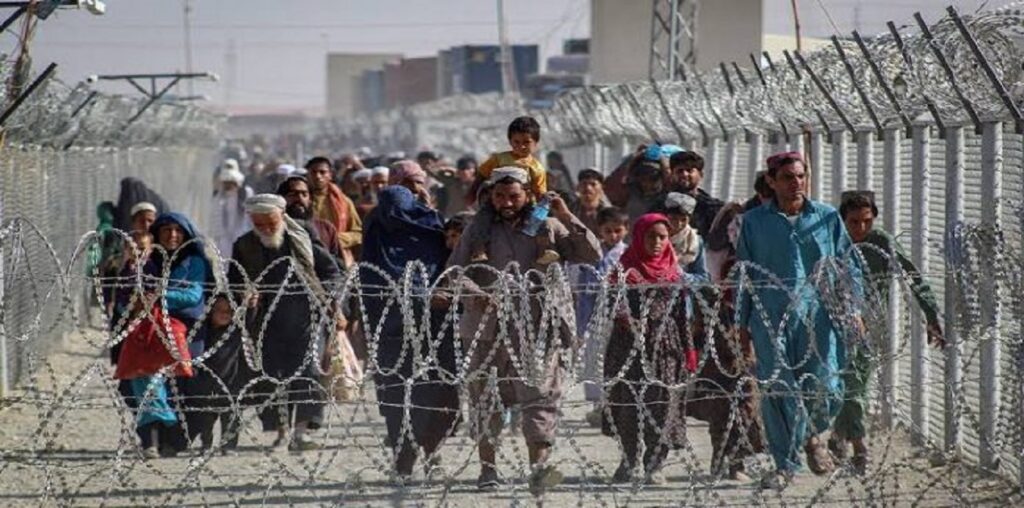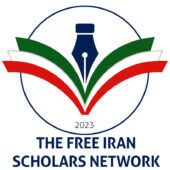By Jila Andalib, IT Specialist & Iran Political and Human Rights Analyst

While the world’s attention remains fixed on Iran’s nuclear brinkmanship and geopolitical theatrics, a far more urgent crisis unfolds in the shadows: the systemic persecution of Afghan refugees. Over 600,000 Afghans are being forcibly expelled from Iran in recent months, and millions more live in a state of fear—undocumented, exploited, and unwanted. Their treatment is not a bureaucratic failure but a deliberate strategy of dehumanization.
Alongside them, Iran’s ethnic minorities—particularly the Baluch—endure parallel forms of institutionalized oppression. In their case, the brutality spans generations, reaching back to the Pahlavi era, when forced assimilation and cultural erasure were state policy. What began under the Shah has only deepened under the Islamic Republic.
In recent months alone, more than 600,000 Afghans have been forcibly deported from Iran. Millions more live in fear—undocumented, stateless, and unwanted. They are not just ignored by the system; they are targeted by it. This is no policy failure. It is a strategy of dehumanization.
The Regime’s War on Afghan Refugees
Iran is home to one of the largest Afghan refugee populations in the world. But “home” is a word that has no meaning when you are denied every right. Afghan refugees in Iran live under relentless harassment: their papers are questioned, their children are denied schooling, and entire families are now corralled into refugee camps that resemble open-air prisons. These camps are devoid of water, food, medicine, or basic sanitation. Starvation and sickness are tools of state control.
A recent UNHCR report described the situation as a “humanitarian emergency.” But the Iranian regime does not see it that way. It justifies the abuse under the banner of “national security.” Refugees are criminalized. Men are dragged off buses at checkpoints. Women are beaten in the streets. Even those with legal documentation face arbitrary arrest, extortion, or expulsion.
As the National Council of Resistance of Iran and Afghanistan International have documented, in cities like Mashhad and Kerman, Afghan workers are publicly humiliated. Refugee families are mocked, threatened, and treated as parasites in a land where many of them have lived for decades.
This isn’t a breakdown in policy. This is cruelty by design.
Children Without a Country
Perhaps the most heartbreaking consequence of this persecution is the fate of children born to Afghan parents inside Iran. These children— hundreds of thousands by some estimates—are denied birth certificates under Iranian nationality law, which requires that the father be an Iranian citizen.
These stateless children live as legal ghosts. They cannot go to school, receive medical care, or even obtain ID cards. They are vulnerable to every form of exploitation—trafficking, forced labor, and abuse. Their existence is invisible by law and untouchable by justice. They are born in Iran, raised in Iran, but belong nowhere.
This is not just bureaucracy — it is systemic eradication.
The Baluch: A People Under Siege
While Afghan refugees face deportation and exclusion, Iran’s ethnic minorities suffer at the hands of their own government within their ancestral lands. Among them, the Baluch people of southeastern Iran face some of the most violent repression in the country.
As Sunni Muslims in a Shia theocracy and non-Persian speakers in a Persian-dominated state, the Baluch are doubly marginalized. Their schools are neglected. Their hospitals are understaffed or non-existent. Birth certificates are often denied, leaving entire communities without official status.
Police violence is rampant. Arbitrary arrests, torture, and extrajudicial killings are routine. In Zahedan in 2022, regime forces opened fire on unarmed worshippers during Friday prayers, killing over 90 people. The massacre is now remembered as “Bloody Friday.”
The regime’s message is unmistakable: the Baluch are not just second-class citizens—they are enemies of the state.
The Monarchy’s Legacy of Erasure
It is tempting to see this crisis as the exclusive domain of the Islamic Republic. But the roots of this persecution go deeper. Under the Pahlavi monarchy, Iran aggressively pursued a policy of forced cultural homogenization. Ethnic and linguistic diversity was treated as a threat to national unity. Minority languages were banned from schools. Tribal leaders were disempowered. Entire communities were pressured to adopt Persian identities or risk punishment.
The Shah’s regime may not have faced the Afghan refugee crisis we see today, but its treatment of Iran’s own minorities laid the foundation for what followed. The idea that there is only one legitimate identity in Iran—Persian, Shia, and loyal to the center—was a doctrine born under monarchy and perfected under the mullahs.
